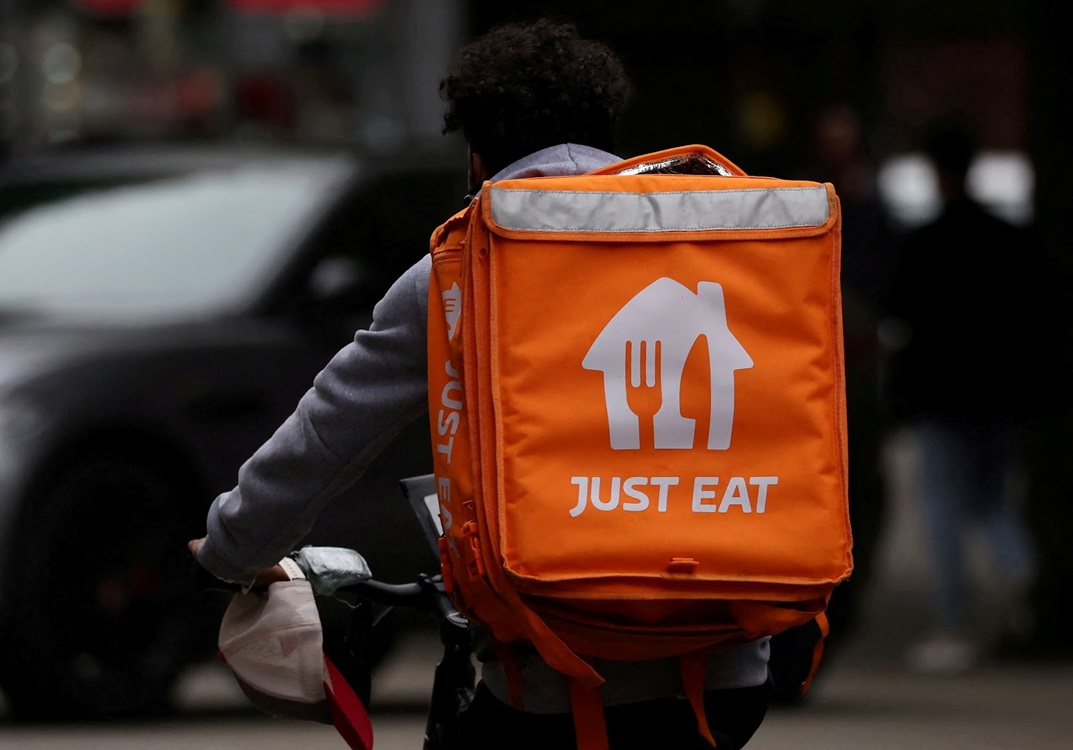Just Eat Takeaway Anticipates Nearly 40% Surge in 2024 Core Profit

Highlights
- Just Eat Takeaway projects nearly a 40% increase in core earnings for 2024, driven by strong growth expectations in key markets like Britain and Ireland.
- The company’s shares initially rose but later dipped over 4%, possibly due to investor disappointment over the absence of a new share buyback program.
- Despite challenges in achieving profitability post-pandemic, there’s a resurgence in order frequency via food delivery apps, supported by expanded service offerings including groceries and retail.
- Just Eat Takeaway anticipates adjusted EBITDA to reach approximately 450 million euros for the current fiscal year, up from 324 million euros in 2023.
- Notable convergence of EBITDA margins between Britain, Ireland, and Northern Europe, signaling potential for increased profitability in these regions.
- The company expects a moderate growth range of 2% to 6% in gross transaction value for 2024, excluding ongoing strategic deliberations in North America.
- In North America, Just Eat Takeaway saw a 16% decline in revenue in 2023, attributed to various factors including reduced orders and adverse foreign exchange rates.
- Encouragingly, the company achieved breakeven on free cash flow in the latter half of 2023 and aims to maintain positive cash flow throughout 2024 and beyond.
- Just Eat Takeaway’s strategic focus on operational efficiency and market expansion positions it for continued growth and resilience amidst evolving industry dynamics.
Just Eat Takeaway, a prominent player in the food delivery industry, has projected a substantial increase of nearly 40% in its core earnings for the year 2024. This optimistic forecast is underpinned by robust growth expectations in its key markets of Britain and Ireland, driven by streamlined delivery operations and upward trends in food prices.
The company’s shares experienced a momentary uptick in early trading before dipping more than 4%. Some market analysts speculate that the absence of a new share buyback program might have disappointed investors. Nevertheless, overall market sentiment suggests that the projected earnings align closely with expectations.
In the wake of the pandemic-induced boom in the food delivery sector, firms like Just Eat Takeaway have grappled with achieving sustainable profitability amidst fluctuating customer retention rates. However, there are signs of a resurgence in order frequency via food delivery apps, bolstered by expanded service offerings encompassing groceries and retail.
Just Eat Takeaway, hailed as Europe’s largest food delivery company in terms of revenue, envisions its adjusted earnings before interest, taxes, depreciation, and amortization (EBITDA) to reach approximately 450 million euros in the current fiscal year, marking a notable increase from 324 million euros in 2023.
Notably, the company highlights the nearing convergence of EBITDA margins in Britain and Ireland with those in Northern Europe, which constitutes a significant portion of its earnings. While Northern Europe recorded an EBITDA margin of 4.8% on earnings of 366 million euros, Britain and Ireland achieved a margin of 2% on earnings of 135 million euros.
Despite challenges, Just Eat Takeaway anticipates a moderate growth range of 2% to 6% in gross transaction value for the year 2024, excluding North America where strategic deliberations regarding the potential sale of its Grubhub business are ongoing.
In North America, Just Eat Takeaway experienced a 16% decline in revenue last year, attributed to reduced orders, investments in consumer pricing strategies, and adverse foreign exchange rates, culminating in a total revenue decline of 7% to 5.17 billion euros.
Encouragingly, the company achieved breakeven on free cash flow in the latter half of 2023 and anticipates maintaining positive cash flow throughout 2024 and beyond, signaling a promising trajectory for sustained financial health.
As Just Eat Takeaway navigates the evolving landscape of the food delivery industry, its strategic focus on operational efficiency and market expansion positions it for continued growth and resilience in the years ahead.















